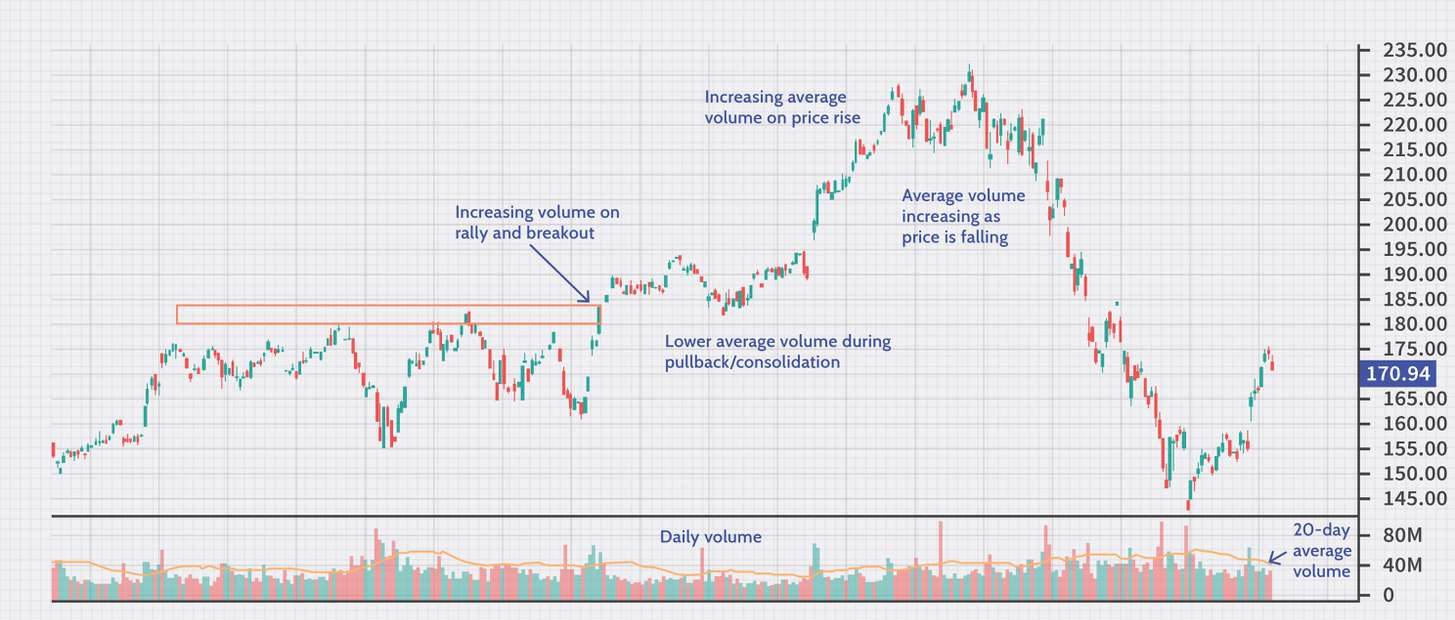When diving into the world of stock trading, one term you’ll often come across is Average Daily Trading Volume, commonly abbreviated as ADTV. But what exactly does this term mean, and why is it crucial for traders and investors to understand it?
Understanding Average Daily Trading Volume (ADTV)
Average Daily Trading Volume (ADTV) refers to the average number of shares traded per day over a specified period. It’s a key metric that provides insight into how actively a stock is being traded on the market. The calculation is straightforward: you sum up the total volume of shares traded over a given timeframe and divide it by the number of trading days within that period.
For instance, if a stock’s total volume over a year is 36,500,000 shares, the ADTV would be 100,000 shares (36,500,000 ÷ 365 days). This figure helps traders and investors gauge the liquidity and stability of a stock.
How to Calculate ADTV
The calculation of ADTV is simple but crucial for informed trading decisions. Here’s how you can calculate it:
- Total Trade Volume: Sum up the number of shares traded over a specific period (commonly a year).
- Number of Trading Days: Count the number of days within that period when the stock was traded.
- Divide: Divide the total trade volume by the number of trading days.
The formula looks like this:
[ \text{ADTV} = \frac{\text{Total Trade Volume}}{\text{Number of Trading Days}} ]
This gives you the average number of shares traded per day, which can be a vital piece of information when assessing a stock’s market activity.
Why ADTV Matters
ADTV is more than just a number; it tells a story about a stock’s liquidity, volatility, and investor interest. Here’s why ADTV is significant:
- Liquidity Indicator: A higher ADTV indicates more liquidity, meaning it’s easier to buy or sell shares without causing significant price movements. For investors, this translates to lower transaction costs and reduced risk of price slippage.
- Volatility Gauge: ADTV can also serve as a measure of a stock’s volatility. Stocks with low ADTVs might experience more significant price swings due to less market participation, whereas those with higher ADTVs typically have more stable price movements.
- Market Sentiment: A sudden increase or decrease in ADTV can signal changes in market sentiment. For instance, a spike in ADTV might indicate increased interest in the stock due to news or events, while a drop could suggest waning interest.
Example of ADTV in Action
Consider a scenario where an investor wants to purchase $50,000 worth of stock in Company ABC. If ABC’s ADTV is only $30,000, the investor might struggle to execute the trade without affecting the stock price, indicating low liquidity. Conversely, if the ADTV is $200,000, the trade would likely go through smoothly, with minimal impact on the stock’s price.
The Importance of Volume in Trading Decisions
Volume trading is a critical factor for investors. High trading volumes typically correlate with higher liquidity and lower volatility, making it easier to enter or exit positions without drastically affecting the stock’s price. Understanding ADTV allows traders to make more informed decisions, especially when it comes to timing their trades and managing risk.
Final Thoughts
In summary, Average Daily Trading Volume (ADTV) is a vital metric for anyone involved in the stock market. It provides insights into a stock’s liquidity, volatility, and overall market interest, helping traders and investors make more informed decisions. Whether you’re a seasoned trader or a beginner, paying attention to ADTV can significantly enhance your trading strategy and investment outcomes.
